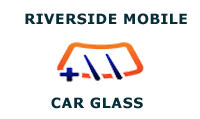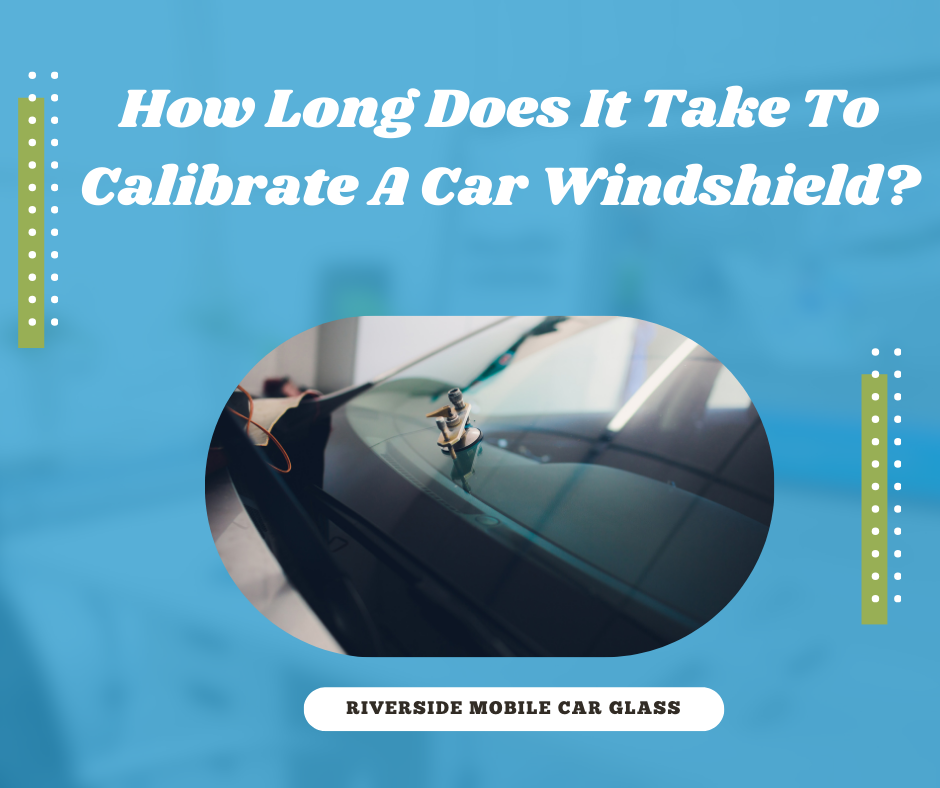Why Windshield Calibration Is Important
Windshield calibration is essential because it ensures that your vehicle's advanced safety systems operate at their best. ADAS features, such as forward collision warning, lane-keeping assist, and automatic emergency braking, rely on the precise alignment of sensors and cameras mounted on the windshield. When these sensors are properly calibrated, these safety features work flawlessly, enhancing your protection and confidence on the road.
Calibration is particularly important after windshield replacement or repair since this is where the sensors and cameras are typically mounted. Even a small shift in position can impact the accuracy of these systems. Calibration restores their proper function, ensuring that your vehicle's safety systems continue to deliver the highest level of performance.
The Calibration Process
There are two main types of windshield calibration: static and dynamic. The type your vehicle requires depends on the system it uses, and both methods support the reliable performance of advanced safety features.
Static Calibration
Static calibration is completed in a controlled environment, such as a repair shop. The vehicle remains stationary on a dedicated platform while a technician uses precise tools to align the sensors and cameras. This method delivers accurate results without needing to drive the vehicle, making it efficient and effective for many models.
Dynamic Calibration
Dynamic calibration is performed while the vehicle is driven under specific road conditions. This approach allows the system to adjust in real time, confirming that sensors and cameras function properly during normal driving. Although it may take a bit more time, dynamic calibration supports accurate, real-world performance of safety features and provides strong results for vehicles with advanced systems.
Factors That Affect Calibration Time
The time it takes to calibrate a windshield can vary based on several factors:
Vehicle Make and Model: Some vehicles are equipped with advanced systems, and these often require a bit more time for calibration. Luxury vehicles or those with cutting-edge ADAS features benefit from extra attention during calibration, ensuring everything works perfectly for a smooth, reliable performance.
Type of Calibration: Static calibration is typically quicker than dynamic calibration, as it doesn't require driving the vehicle. Dynamic calibration, however, involves driving the vehicle for a specific distance to ensure that all systems are working flawlessly in real-world conditions, making it a thorough process for optimal safety.
Condition of the Sensors: When sensors are in excellent condition, calibration can be completed efficiently. If adjustments are needed due to misalignment, technicians take extra care to restore them to perfect alignment. This ensures the systems operate at their highest potential, which may take a little more time but guarantees outstanding results.
How to Ensure Proper Calibration
After windshield replacement or repair, it's essential to have the vehicle's sensors recalibrated to ensure everything is functioning correctly. Trusting a professional auto glass repair service with expertise in ADAS calibration is key to making sure the job is done accurately and efficiently. Professionals use the latest technology and techniques to calibrate your windshield and ensure that all sensors and cameras are properly aligned.
Time for Calibrating Your Windshield
The time it takes to calibrate your windshield depends on several factors, including your vehicle's make, model, and the type of system it uses. Static calibration, typically performed in a controlled environment, is usually quicker than dynamic calibration, which requires driving the vehicle to ensure all systems are precisely aligned. Regardless of the method, proper calibration is key to ensuring your vehicle's safety features, like collision detection and lane assistance, work flawlessly.
Though windshield calibration takes some time, it's a necessary and beneficial step to maintain the peak performance of your vehicle's advanced safety systems. Whether you need static or dynamic calibration, expect the process to take anywhere from 30 minutes to a couple of hours. It's crucial to have this done by a skilled professional to ensure everything is aligned perfectly and functioning at its best for your safety and confidence on the road.
At Riverside Mobile Car Glass in Riverside, CA, we are committed to delivering accurate windshield calibrations to ensure your vehicle's safety features perform flawlessly.
Call Now (951) 534-5774
